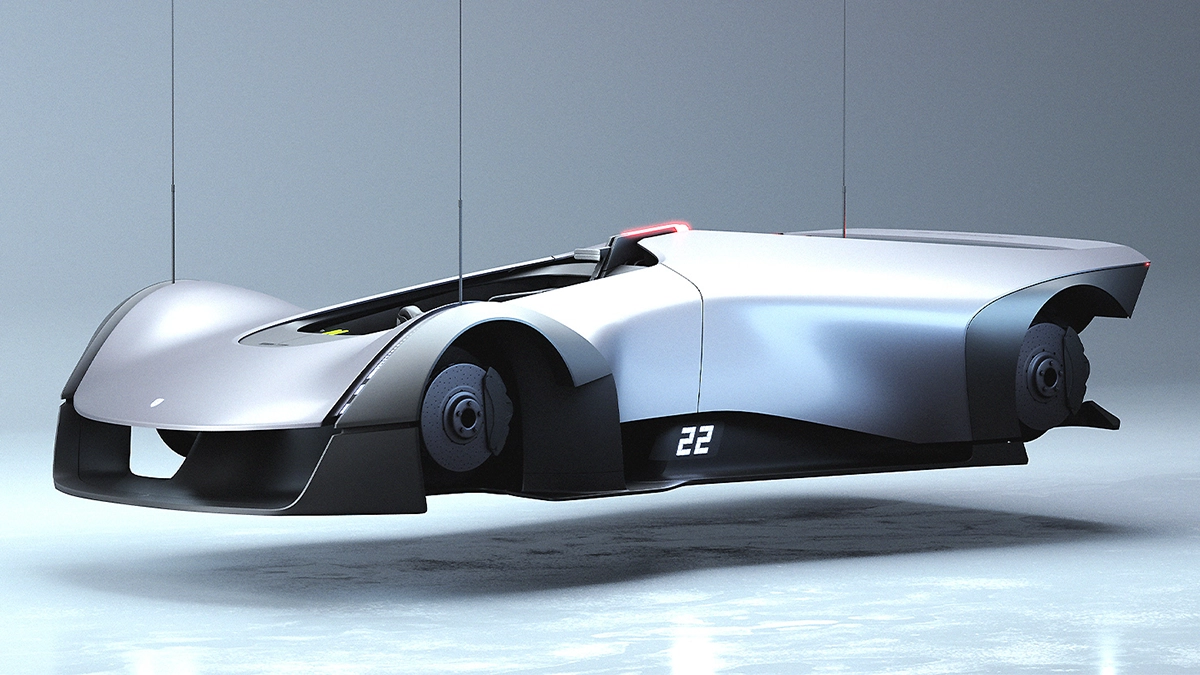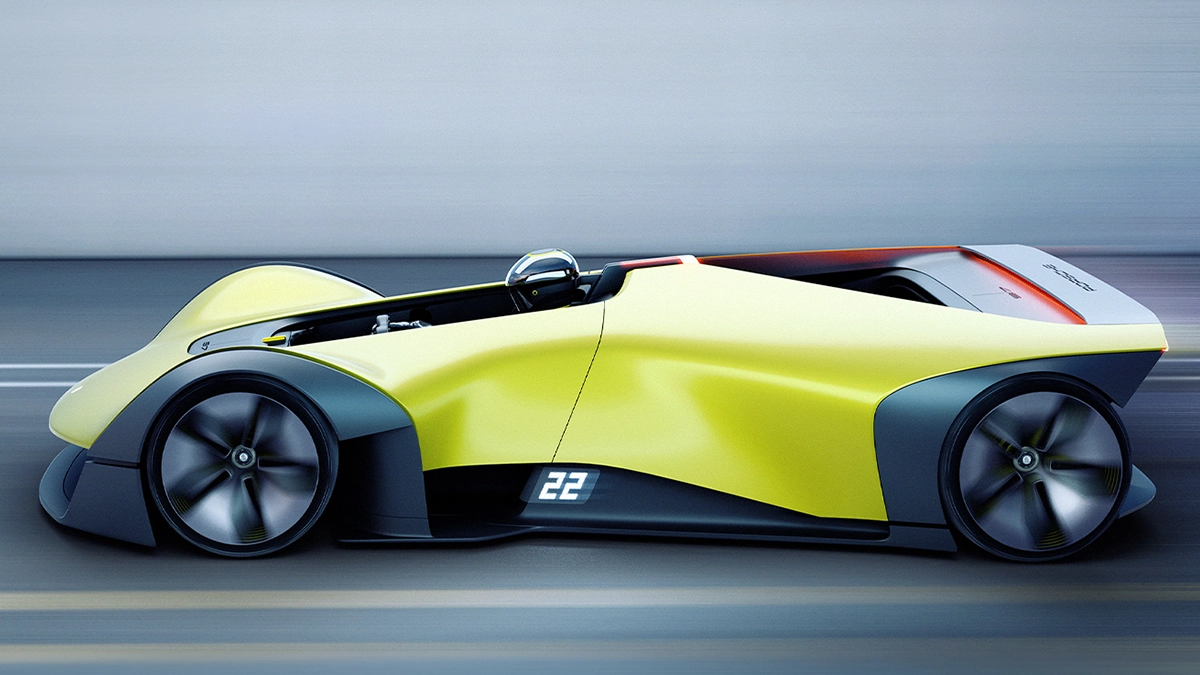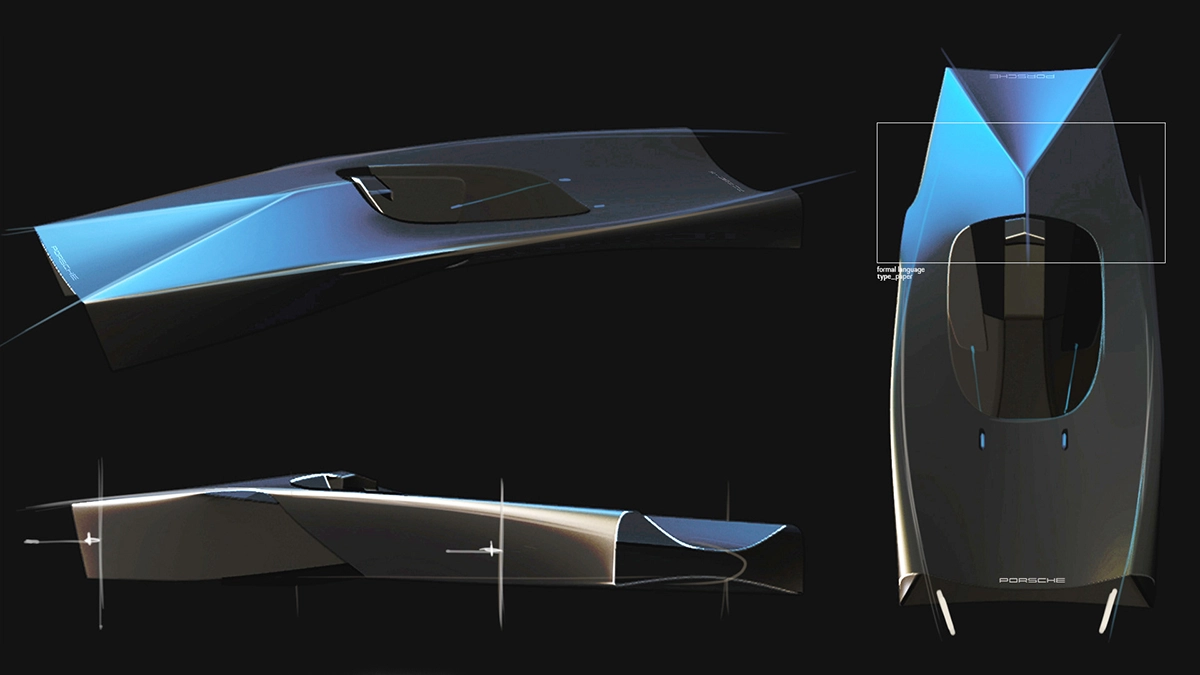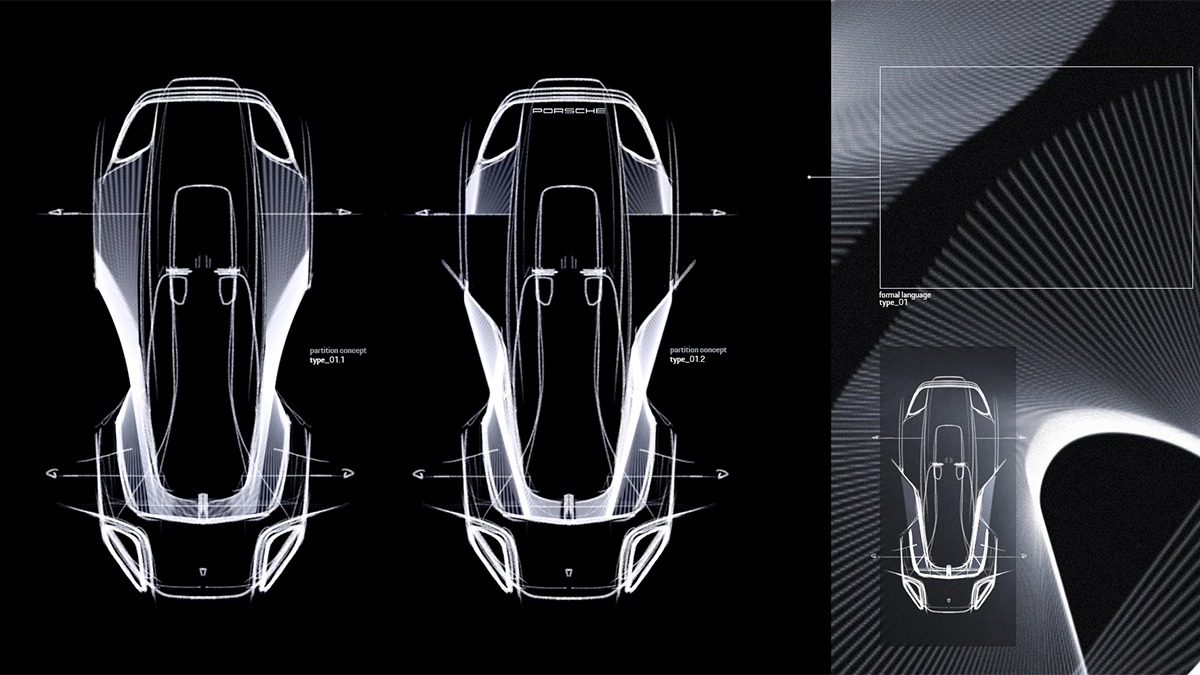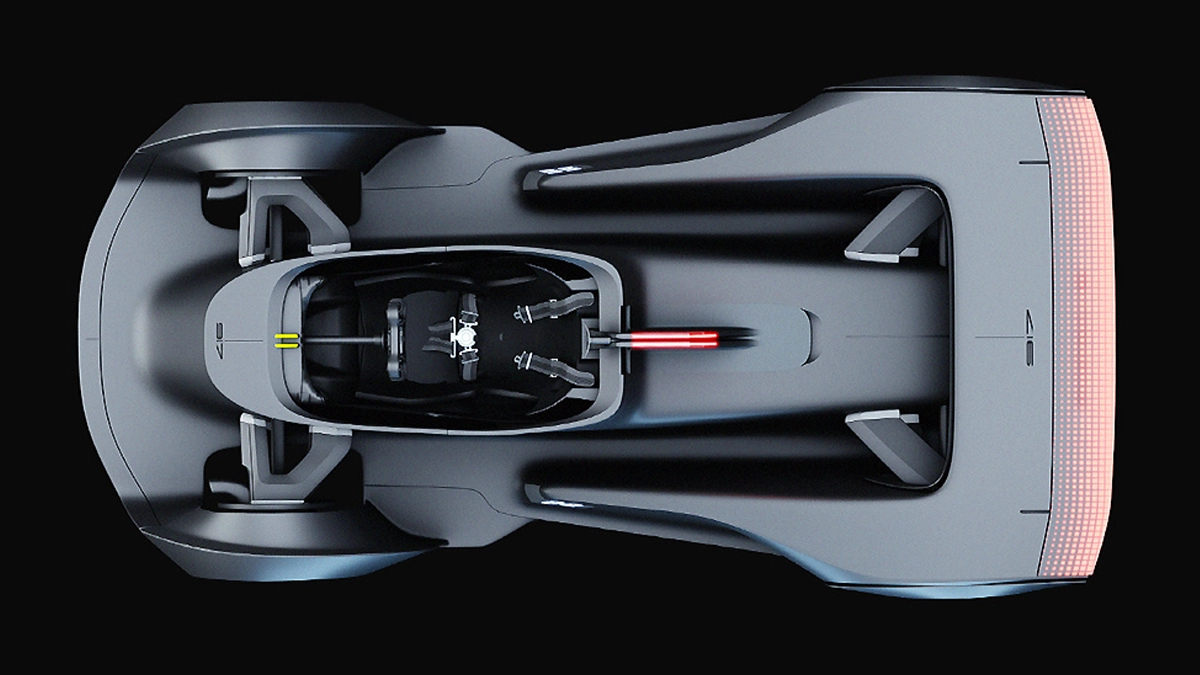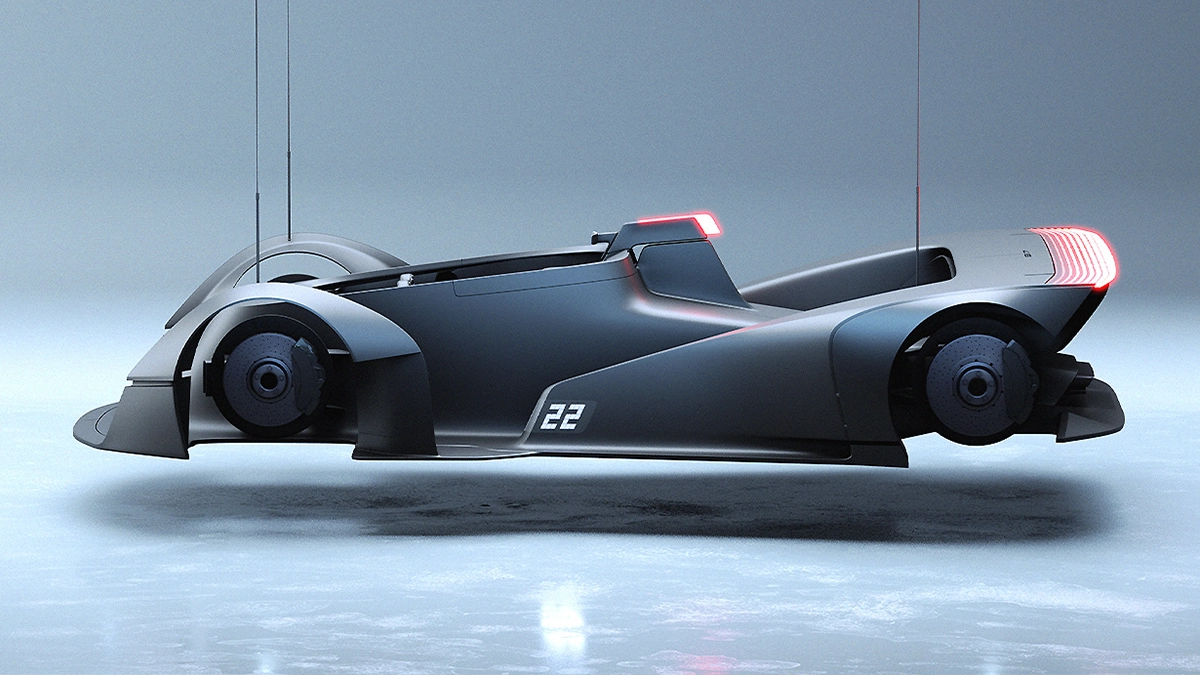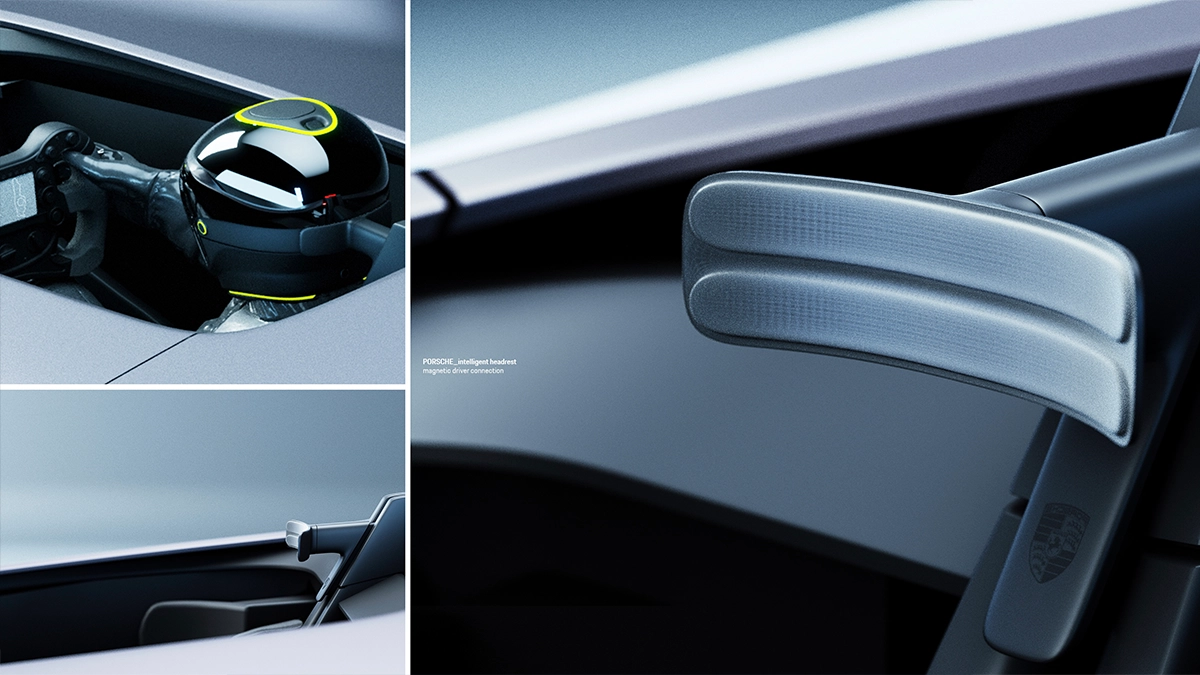In a rapidly changing world driven by technological advancements and the imminent arrival of autonomous driving, one big question stands out: How does Porsche adapt to this changing landscape? Porsche, known for its passion, thrill, and pure joy of driving, has always represented the essence of automotive enthusiasm. But in today's world, where traditional car ownership is losing its importance and self-driving taxis are becoming more common, how does Porsche stay true to its roots? To tackle the challenges posed by autonomous driving and evolving consumer preferences, a design student took a multifaceted approach that combines tradition with innovation. Instead of seeing autonomous technology as a threat, he considers it as an opportunity to further enhance the driving experience.

Embracing Tradition in an Era of Change
Motivated by the desire to uphold Porsche's essence, the designer went deep into the unexplored world of autonomous driving and from this journey emerged the visionary concept of "Porsche as an experience." This concept goes beyond the simple act of driving; it encapsulates the very essence of Porsche's identity. It embodies the exhilarating rush experienced on the racetrack, the adrenaline-fueled thrill of navigating winding mountain roads, and the unparalleled bond forged between man and machine.
This new Porsche car concept changes the old ways and imagines Porsche as a provider of unique driving experiences. The designer didn't stick to one-size-fits-all methods anymore. Instead, he focused on perfectionism, making cars tailored to each person's preferences and authenticity. Now, generic cars are a thing of the past. This new Porsche offers a carefully chosen selection, each designed for specific purposes – whether it's for driving through mountains or racing on a track.
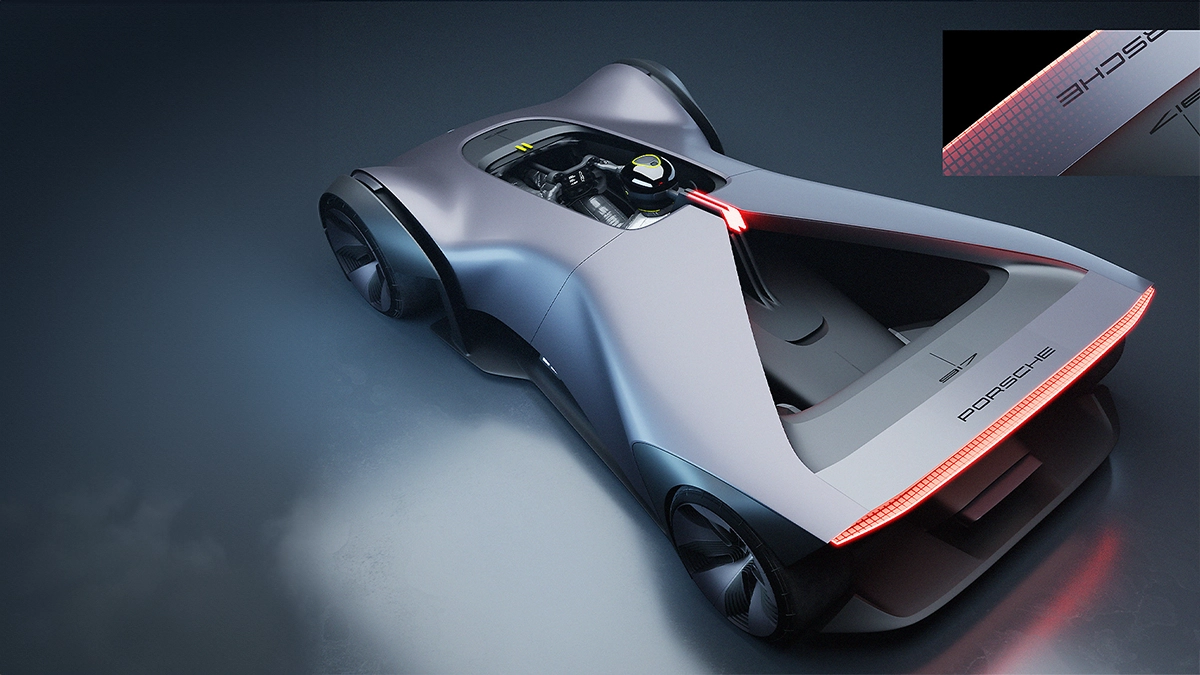
The Design Journey
Drawing inspiration from the iconic design cues of the Porsche 917 Spyder, the designer sought to encapsulate its essence while embracing modern engineering techniques. Every detail was meticulously considered, from the sleek lines to the aerodynamic contours, to ensure a seamless fusion of heritage and innovation. The main challenge was to design a vehicle for the racetrack that provides the maximum driving experience while adhering to Porsche's distinctive design language, particularly that of the 1969 Porsche 917 Spyder and to achieve these two primary goals guided the design process: preserving Porsche's distinct design ethos and integrating cutting-edge technology to deliver unparalleled performance.

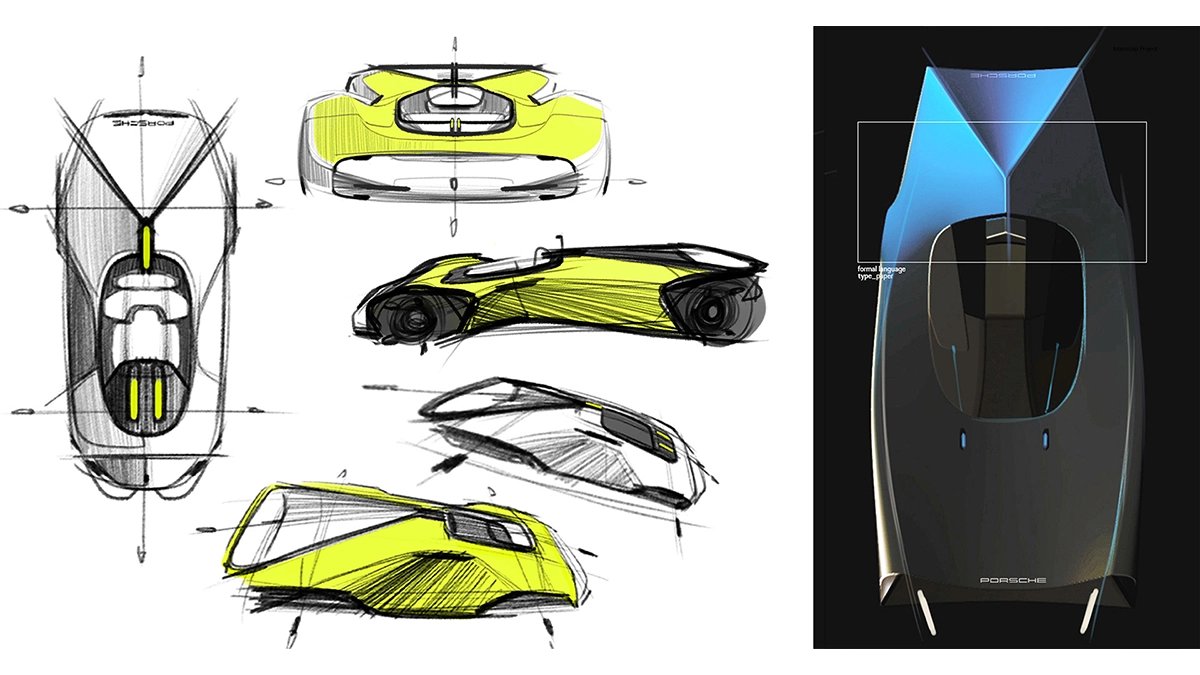

A key aspect of the design focused on lightweight construction principles. The goal was to minimize weight while maximizing aerodynamics, enhancing the vehicle's agility on the track. This approach involved extruding only essential areas of the underbody in the Z-axis, eliminating unnecessary bulk and optimizing airflow. This not only met technical requirements but also contributed to the unique design of the chassis.

Above the technical underbody, the vehicle's body needed to elegantly envelop the interior components, similar to a well-fitted dress. Inspired by the art of paper folding, multiple design iterations were explored to refine the vehicle's aesthetics. The constraints of this paper-based design method, along with the resulting surface tensions, contributed to the vehicle's purist feel. Working closely with Porsche's design team, these iterations were honed until the final design was achieved, seamlessly blending form and function to create a true masterpiece of automotive engineering.
The Wheel Revolution
The design of the wheels adheres to the same guiding principles as the rest of the vehicle. Every aspect was carefully considered to serve specific functions. The primary goal was to ensure that the wheels were both aerodynamic and capable of allowing air to flow through, especially in extreme conditions. To achieve this, a closed-wheel design was pursued to minimize air resistance and turbulence at high speeds. However, it was also crucial to address the cooling needs of the brakes under such intense conditions. Therefore, a louvred design was developed. These louvres can open or close depending on the requirements: when closed, they create a smooth, aerodynamic surface, reducing air resistance significantly. Yet, when brake cooling is necessary, the louvres open to allow airflow.
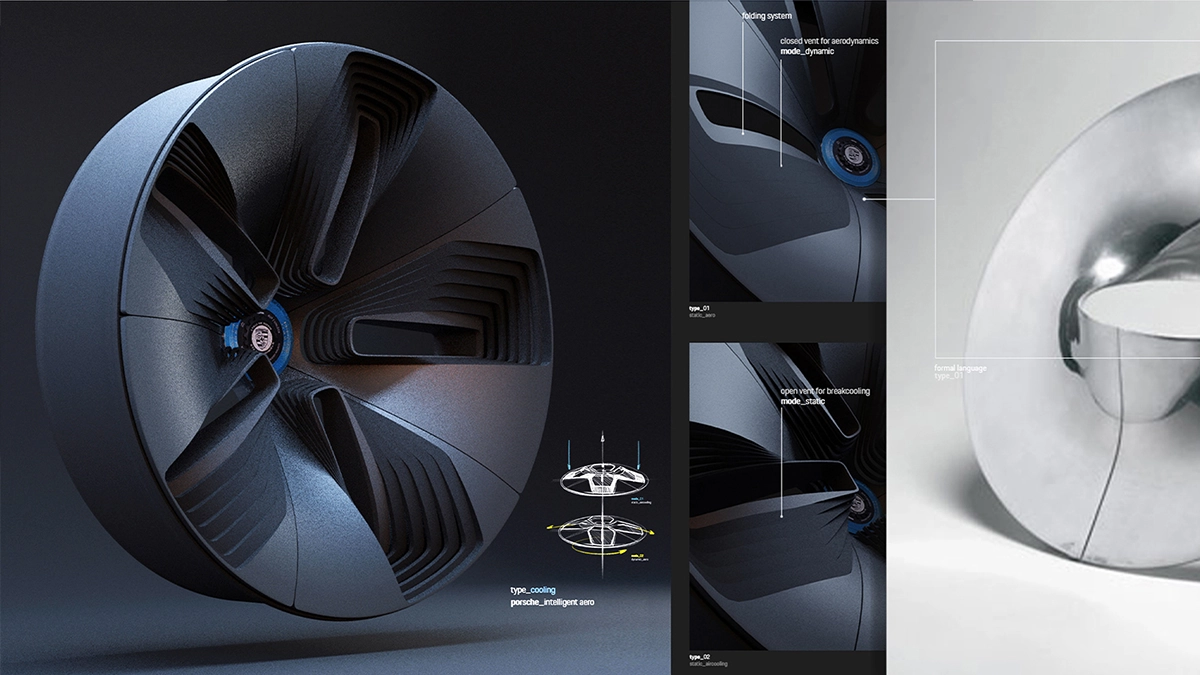
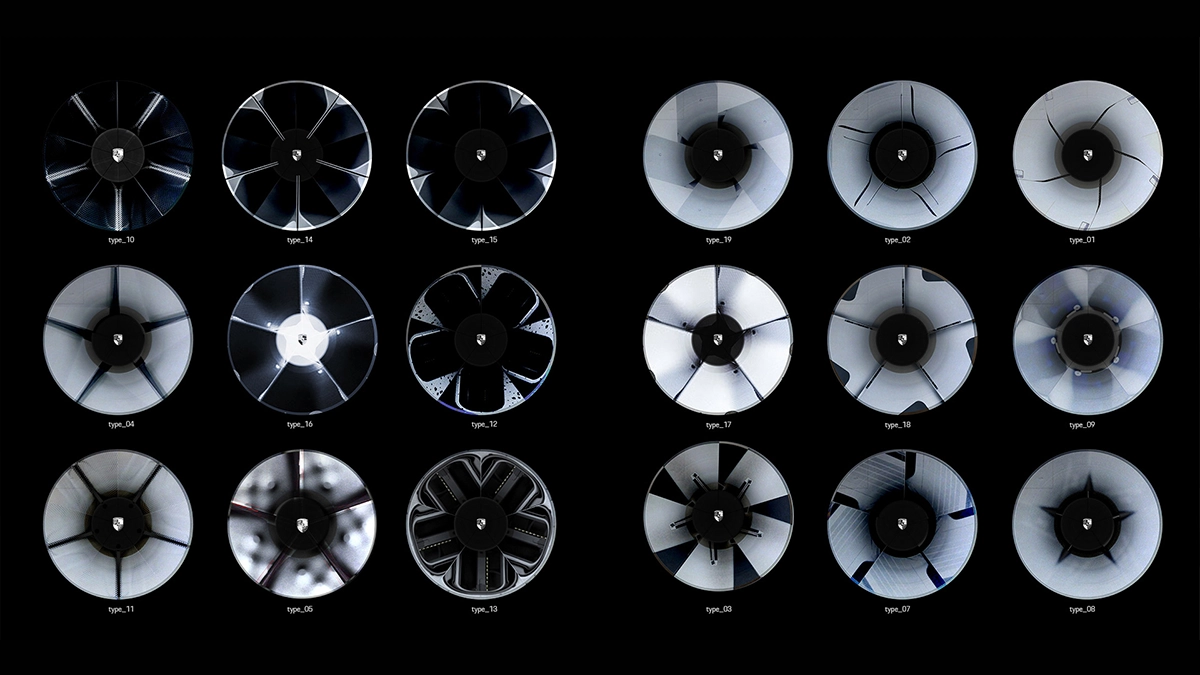
This unique wheel design not only adds a technical flair to the vehicle's overall aesthetic but also emphasizes the principle of "form follows function." It seamlessly blends functionality with design, ensuring optimal performance while maintaining a sleek and stylish appearance on the track.
Conclusion
In the era of autonomous vehicles and constantly advancing technology, Porsche remains steadfast, reshaping the core of driving itself. Through the Porsche Vision 917, we pay homage to tradition while welcoming innovation, offering enthusiasts a driving encounter that is uniquely pure and unmatched. As we forge ahead into the future, one thing remains indisputable – the essence of Porsche endures, steadfast and as thrilling as ever.
About Designer
Adrian Schindler is a 25-year-old student pursuing a Bachelor's degree in Transportation Design at Hochschule Pforzheim. During his studies, he had the privilege of undertaking his first internship at Porsche's Design Studio, where he collaborated with the design team on his project, the Porsche Vision 917. Following this, Adrian completed another internship at Dacia's Design Studio. Currently, he is in Sweden, where he is undertaking his final internship at Volvo while simultaneously seeking an engaging thesis position for his concluding project.
Visit his profile
